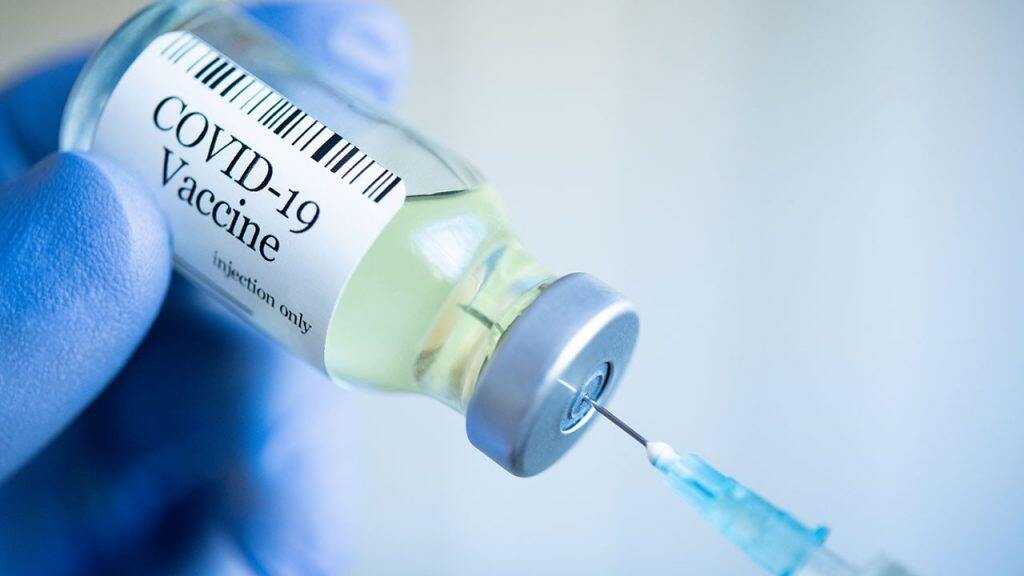Opinion: With vaccines on the way, next year may see the pandemic beaten back. But what do these vaccines entail? And who gets them first? Helen Petousis-Harris explains.


News that the Government has now secured agreements to purchase 15 million doses of Covid-19 vaccine (all going well) means that while 2021 will not be easy, there may be a greater degree of certainty. It will very likely see this pandemic beaten back.
So, many people want to know, how did we get this far in less than a year?
To set the scene, 2020 brought a common enemy to the world, a pandemic caused by a tiny coronavirus. Galvanised by the threat to our society and our way of life, the scientific community was largely freed from much of the bureaucracy and funding constraints that have fettered progress to finally flex their innovative muscle, the extent to which has never been seen before.
From the moment the cause of Covid-19 was identified, work began on vaccines. Thanks to years of painstaking work already in the bank we had some pretty neat tools to work with, like viral vector and RNA platforms. This meant the scientific community had not only the more pedestrian vaccine technologies but these newer, more agile, technologies were also at our disposal, giving us a lot of shots at success.
The odds of a vaccine making it from bench-top to wide-scale deployment have always been rather remote, with around 6 percent actually making it all the way. However, this estimate is based on averages going back decades. Technology has moved on. A lot. And so has the cumulative knowledge on how to make a safe and effective vaccine. So this fact, coupled with freeing up the bureaucracy and resources to allow the science community to just go for it, has sped up the process dramatically. At the time of writing, the vaccines completing the initial stages of phase III trials range from good enough to remarkable, and no stepshave been skipped.
Who will get the vaccine first?
The amount of vaccine ordered by New Zealand seems high – it is enough to protect everyone here in Aotearoa and in the Realm of New Zealand (Tokelau, Niue and the Cook Islands) and then some. But we will not have enough vaccine for everyone straight away.
This means decisions about priorities must be made for the initial rollout. There are three questions we must ask when we consider who should be offered the vaccine first:
– who is most likely to get infected?
– who is most likely to get very sick?
– who is most likely to transmit the infection?
Given New Zealand has no community transmission, the elderly age group is currently safe. This means priority should be given to those at greatest risk of coming into contact with Covid-19, so managed isolation and quarantine workers spring to mind. Also, those working at other parts of our borders, like those in the air travel business where contact with the virus is more likely.
And, when cases emerge, healthcare workers and close contacts of cases will be at high risk.
However, if there was an outbreak and limited vaccine was available, these priorities could be re-examined. It is likely, in that case, those at highest risk of severe disease and those around them may be targeted. On these things we will need to be flexible.
The details of the three priority groups are currently being finalised and as you can imagine this is a very challenging task dependent on many variables including vaccine supply and performance. However, suffice to say it will be a matter of working through the priority groups.
Another aspect of rolling out such a large-scale vaccination plan are the rather monumental logistics. For example, how long it will take to get a large proportion of Kiwis vaccinated, how many vaccinators you need and training them, how many people fall into each group and securing enough ‘ultra-cold’ storage facilities for the vaccines that need it, not to mention a new electronic recording system to track the vaccine, the people, and everything else.
Each year we routinely vaccinate more than a million people with flu vaccine in the space of a few weeks. I imagine that, providing we have sufficient supply of Covid-19 vaccine (which is sounds like we will), then we could vaccinate a large proportion of our people over the second half of next year. There are plans to have an extended pool of vaccinators so, with lots of vaccine and lots of vaccinators, fair to say we should be able to deliver to more people than ever before. I think we will get a better sense of this in the coming weeks.
What about storage?
The need for cold storage for some of the different types of vaccine, for example those made from messenger RNA, raises concerns about the availability of suitable facilities. The Pfizer vaccine, of which the Government has ordered 1.5million doses, must be stored long-term at -70 degrees Celsius. It can be stored at normal refrigerator temperature for around five days before use and this might be revised upwards as more data becomes available. The Government has already purchased additional super-cold freezers to enable distribution of RNA vaccines and they are scheduled to be unloaded from the ship on New Year’s Day. There is a huge team working on the implementation of the vaccines with lots of logistic experts and a goal for New Zealand to be ready to roll by March.
And what about safety?
Some people have raised questions about the number of doses of vaccines that have been ordered, after all it is a lot more than we need. The reasoning is because we really do not know if they are all going to pass the safety and efficacy tests. While we can have some confidence about the Pfizer vaccine (it looks amazing) as of writing, there is less data on the Astra Zenica vaccine in terms of efficacy, and we do not yet have efficacy data at all on the Janssen or Novavax candidates.
Generally speaking, all four vaccines being procured by New Zealand are likely to be suitable for people with a range of health conditions. The RNA vaccines have been highly effective in the elderly but we need more data on other candidates. For example, we may find that some vaccines receive approval for children before others as the data comes through. Normal practice for vaccine trials is to get the data on adults before moving progressively down through the paediatric age groups.
Surveys indicate that most people will probably roll up their sleeve for a Covid-19 vaccine once it has been approved by MedSafe. It will be important to manage the many rumours and misinformation circulating widely and keep communication channels open and transparent.
Remember, we have a robust regulatory process that will be monitoring these vaccines very, very closely and they will not hesitate to call a halt if they have any concerns.
With regards to the safety, there are many, many facets. Using the RNA vaccines as an example, between the Pfizer and Moderna vaccines which are very similar, we have very detailed safety data on around 150,000 doses prior to licensure. As of writing we are getting into the hundreds of thousands of doses administered across the UK and the US with other countries coming up the rear. Over two million doses of Covid vaccines had been administered internationally as of December 19. All of these doses are being monitored and the alerts about allergic reactions show that these systems are working very well. Beyond this monitoring there are additional studies that are conducted, which compare outcomes in very large numbers of vaccinated and unvaccinated people.
By the time we start using these vaccines in New Zealand at the current rate of Covid vaccine administration, there will be safety data on hundreds of millions of people. In addition to this we will have our own safety monitoring activities here in New Zealand, which are being planned now.







































